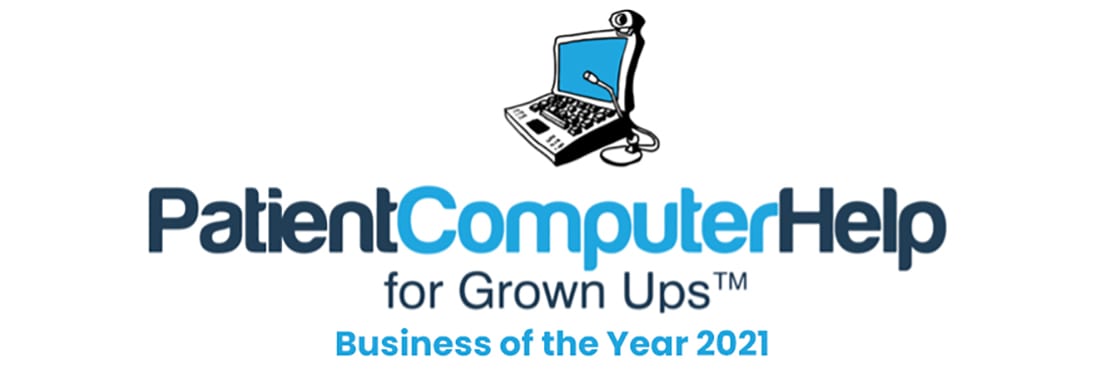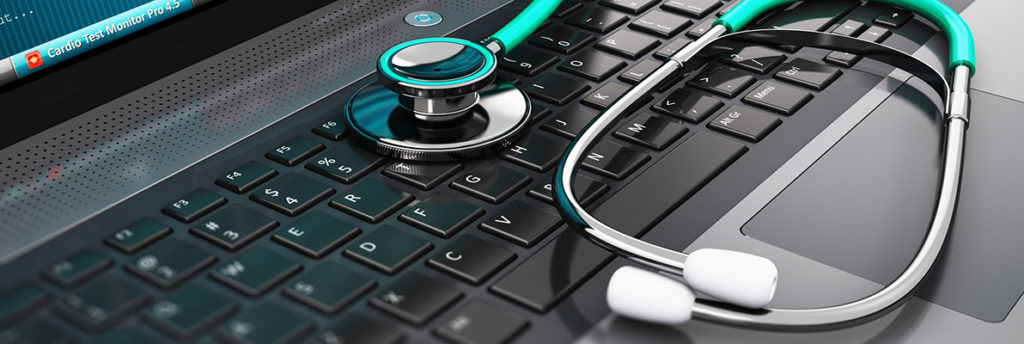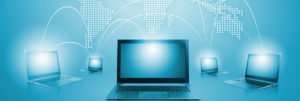
Microsoft’s Office suite of software has been a mainstay of workplace productivity for many years. Despite how widespread and well-known Office is, many of its users dislike the fact that the major updates that arrive every few years tend to shake up the interface and other features. The latest version, Office 365, is an even bigger change that has made waves, but for a new reason: 365 represents not just an upgrade to the way the software looks, but its entire business model. It’s a radical change that will completely change the way offices interact with Office, and we’re going to explain it all in this post.
Previously, Office underwent updates about as often as Microsoft released new versions of Windows. New versions of Office added new tools and features each time, but there was always a learning curve because of a new interface and a new way of doing things. This was disruptive to businesses, because it takes a lot of time to learn new software. The result was that many businesses kept old versions of Office just because they already knew how to use it. The same thing happened with Windows itself: despite updates, many businesses still run very old versions like Windows XP because they know how it works and it costs a lot of time and some money to upgrade. That is a major problem for Microsoft (and for you) because these old versions of Office and Windows are no longer officially supported, so they are full of security holes that will never be fixed. They also don’t contain the shiny new bells and whistles MS spent time developing.
Windows 10
To resolve this problem, MS adopted a whole new philosophy for the latest version of Windows, Windows 10. Windows 10 is meant to be “the last Windows” because instead of releasing repeated new versions, Microsoft wants to have one base package and release frequent, small updates to it indefinitely. In other words, no more big changes every few years. Now, Windows will have occasional smaller changes. That means more stability for the user and easier care and security for Microsoft. We suspect that, instead of buying a big update every few years, users will in the future pay for annual subscriptions instead, but that hasn’t yet happened with Windows 10.
Office 365
It has happened with Office 365, with a similar revamp. The new base version of Office is called Office 365, with 365 referring to the number of days in a year; conveniently, the time between subscription payments. 365 is a product based on an annual subscription, which gives you access to the base software and all software updates that come out in that year. As with previous versions of Office, it is possible to get it for a reduced price under certain conditions, such as if you are a student. Once again, this greatly simplifies the way Office works. Instead of having to make a choice between keeping an old, familiar version and getting a new version that is safer and better, the company just has to stay current on its subscription.
Overall, this should be a positive change for Office. The one downside is the more frequent updates means that there will be new features and changes for Office multiple times a year, although each update should be small enough to be manageable. If it turns out that Microsoft puts out updates too quickly or the updates are too different, then we at Patient Computer Help are ready and able to provide you with detailed and customized support. We have years of experience helping businesses get the most out of their software and we can do the same for you as Office 365 becomes the new standard.
Contact us to learn more about how we can help keep you with Windows 365.









